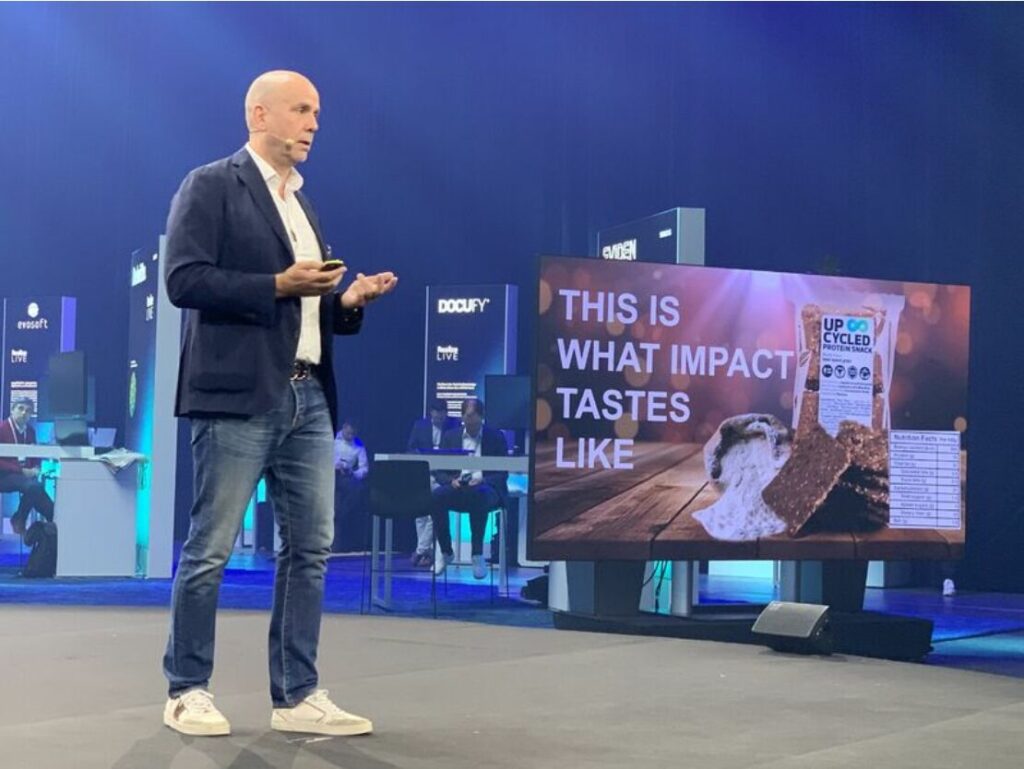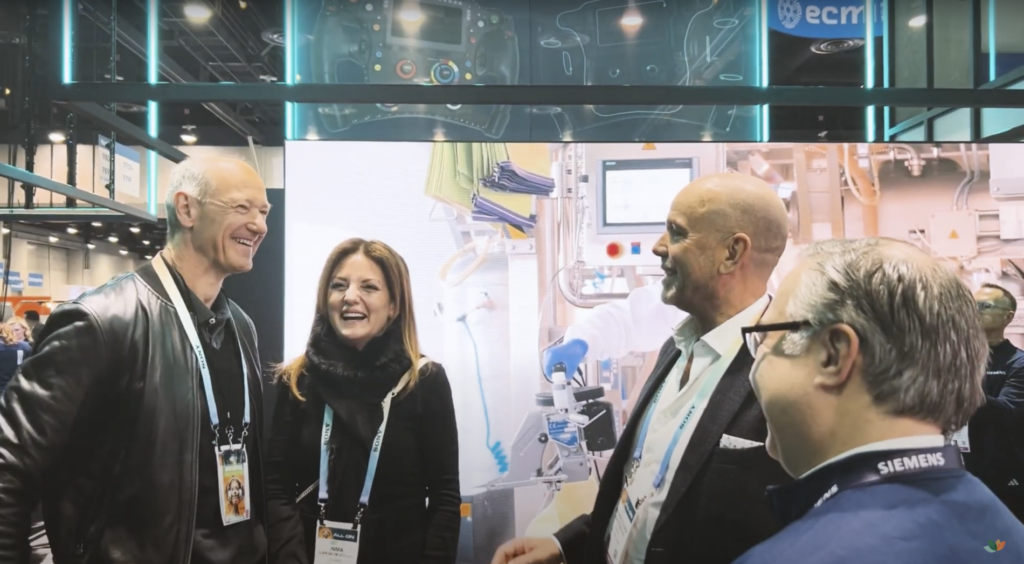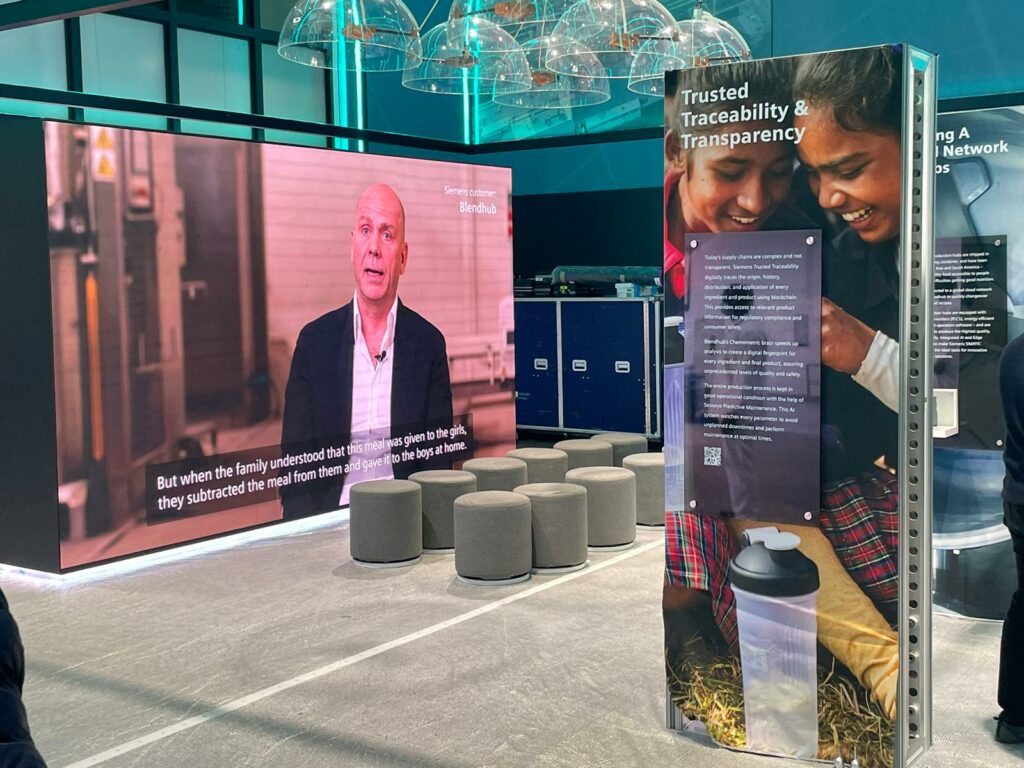The Not- Invented- Here (NIH) syndrome is one of the barriers to open innovation within companies that are referenced more often. It is defined as a corporate mindset or culture that favors internally developed products over external insights, representing the waste of interesting external opportunities. Typically, this resistance has to do with the search for greater security by the members of the organization: The outside is perceived as a threat. Leaders have a crucial role in creating opportunities for collaboration, both internally and externally, to encourage a more outward-looking and collaborative culture, and a climate of trust that facilitates open innovation. On this issue, I find some of the aspects mentioned in the following talk about leadership by the author of Start with Why and Leaders Eat Last, Simon Sinek, interesting. It is worth taking a look to the video.
He starts the chat with an anecdote in which he opposes military organization to business. Career models in companies often focus on rewarding individual achievement and this makes people less likely to take risks or innovate for the group. The military organization, he says, rewards the one who sacrifices for others (even its life) while in business there are “people willing to sacrifice others so they make game”.
However, human beings, as social animals, were designed to do things together, allowing them to survive. The human body has its own incentives for it, generated throughout human evolution. Any form of organization, even a company, is a safe space in which members share a sense of belonging and feel secure against external dangers. Simon Sinek represents this space as a circle: Out of it, the sense of danger is constant, while in the inside, is variable and its management depends on its leader or leaders.
With respect to the mechanisms that allow human beings to choose what is good for them, he cites five chemicals secreted by the body as responsible: Endorphins, dopamine, serotonin and oxytocin, all which shape “a good system for the survival of the group ” and should be taken into account in the systems of corporate organization.
The first two have to do with keeping us focused on our goals and the resilience and motivation to achieve them, but the most interesting from the point of view of leadership are the following, which he relates to the feelings of confidence, pride and status, in the first case, and security, in the second. A fifth which he refers to is cortisol, responsible for causing feelings of anxiety and stress, which annul aspects such as creativity or empathy.
The organization through aligned values and beliefs, with people who share the same interests, allows the group to cooperate and organize against the “danger” outside the circle, whether it is the competition, the threat of job loss, the economic instability etc. According to Simon Sinek, the leaders job is to locate people who share those values (Start with Why) and ensure a climate of trust and security for the group so that all efforts will be focused on these “dangers” outside the circle and not in the inside, that result in distraction because people focusing their efforts in protecting themselves.
Second, leaders must define the size of the circle of safety. How far does it reach? Simon Sinek says that great leaders extend it out to the outer edges of the organization so that even the most junior member feels supported, and even clients are invited to enter.
The cost of good leadership, according this author, is not putting self-interest first. The result for the organization: more innovation, more confidence on the part of its members to take risks, more empathy and more creativity and more focus on overall achievement.
Simon Sinek: Why Leaders Eat Last from 99U on Vimeo.



